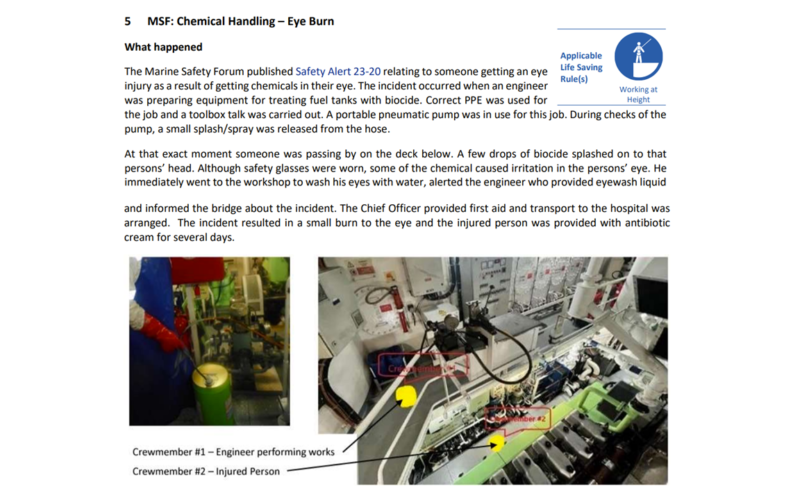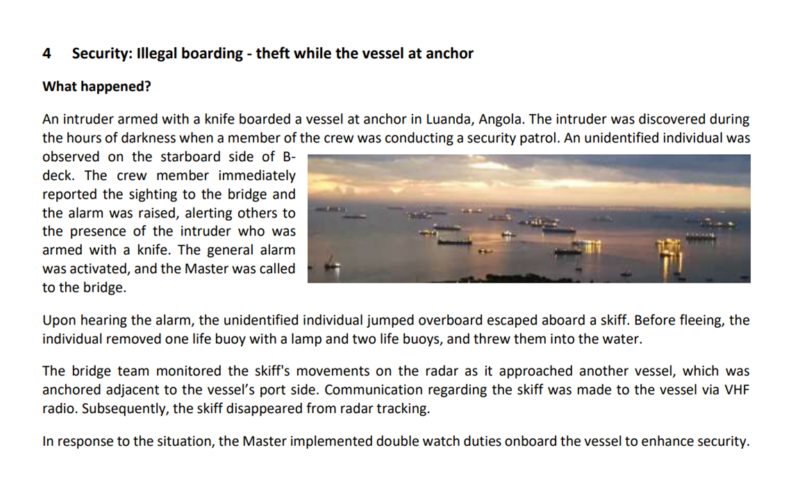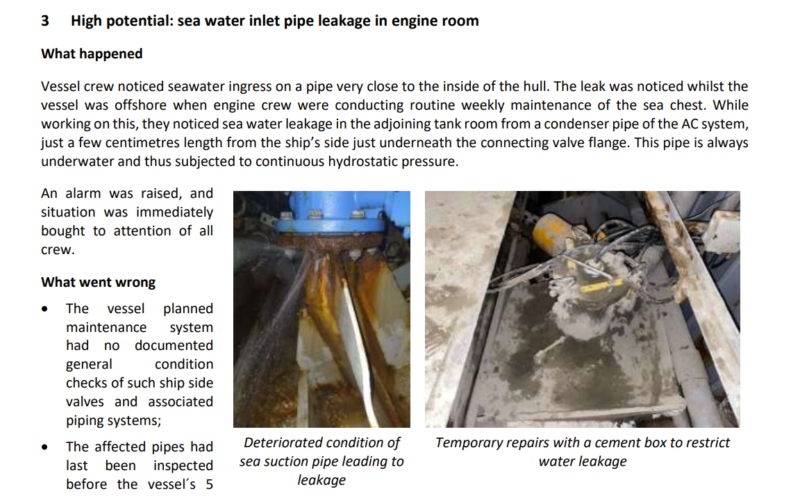Cause & Consequence
- Handling, lifting or carrying
Contributing Factor
- Control of work
Description of Process
Recently during the installation operations of primary steel under deck there have been 2 cases of load chain failures on 10 tonne chain hoists within a 10 day period. These chain hoists had been used during installation of the primary steel sections and on completion of the lifting part of the operation 4 x 12 tonne turnbuckles were attached to each section as fixed rigging.
Description of Incident
The chain hoists were left connected to each section. Upon discovery of the chain failures the offshore team stopped the job, made the work site safe and reported the failures to the respective supervisor immediately. The 12Te turnbuckles remained secure at all time through the operation. The extensive investigation attributed the failures to stress corrosion cracking (SCC) due to hydrogen embrittlement. SCC requires 3 factors to be present to occur:
- A susceptible material,(higher grade steel is more susceptible than lower grades) - The material in this case was grade 100 steel.
- A corrosive environment - Corrosion was evident as the zinc plate on the chain had all but disappeared on certain areas of he chain
- Sufficient tensile stress - Tests carried out as part of the investigation indicated that the chain was probably loaded to at least 50% of its WLL at the time of failure.
There was no evidence of overloading and this was ruled out.
Two possible sources of hydrogen embrittlement initiation were identified during the investigation and it was not possible to rule either out.
- Hydrogen embrittlement caused by the plating process due to insufficient controls, or
- Hydrogen embrittlement caused by the corrosion occurring on site combined with the chain blocks being under a certain load.
It is possible that once the zinc plating started to corrode, that the zinc acted as an accelerant to the corrosion in this case.
The lift plan stated that the chain blocks should be removed once the load was attached to the turnbuckles but this was not done as the chain hoists were left attached at the worksite awaiting an instruction to remove them. Manufacturers of chain blocks recommend that they are not left loaded for an extended period of time.
Good Practice Guidance
- Chain blocks are not to be left with loads suspended for extended periods.
- Chains should be lubricated as per manufacture instructions particularly when used in a corrosive environment.
- Consider whether plated chain is required for the application.
- The lift plan conditions should be adhered to, if a possible improvement is identified this must be approved and included in the lift plan.
- Raise awareness of SCC (stress corrosion cracking), and the conditions it can occur in, as this can be an issue with any higher tensile load bearing steel components.
Rate this alert
Average Rating
Latest Alerts & Moments
Our searchable catalogue of hundreds of Safety Alerts and Safety Moments are all designed as learning resources that can help improve workplace safety.


